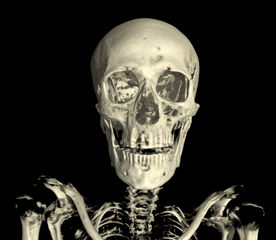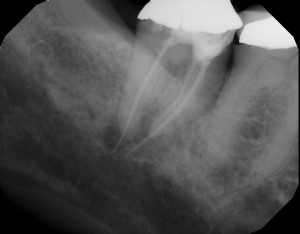The widely reported trauma suffered by a young woman undergoing root canal treatment this month (November 2016) was 100% preventable. The incident in Bristol led to widespread commentary in the national media after the patient told her story publicly. She said that an endodontic file went down her throat and when she choked, the file was forced downwards, piercing her stomach lining.
It seems likely that the dentist had not used a rubber dam, a stretchy sheet which both isolates the tooth and protects the patient’s airway. A hole is made in the middle of the sheet so it can be placed around the neck of the tooth, rather like a barber’s gown, so that the tooth is isolated and nothing can fall into the mouth.
The rubber dam serves several functions:
1) It prevents anything accidentally failing into the patient’s mouth
2) It prevents the strong chemicals that are used to clean the root canal from accidentally spilling into and burning the patient’s mouth
3) It isolates the tooth and keeps it dry, helping to achieve a good clinical outcome.
4) It reduces the risk of bacteria penetrating the root canals during the procedure, also improving the likelihood of healing and a long-lasting result
This is an accident that was preventable and should not have happened. Interestingly, a patient’s forum provides a section on the rubber dam which suggests that there should be no difficulty in persuading patients that placement of a rubber dam is essential. The cultural norm should be: No rubber dam, no root canal treatment.
Further reading from professional bodies and publications:
http://www.britishendodonticsociety.org.uk/profession/quality-guidelines.pdf
http://www.nature.com/bdj/journal/v209/n4/full/sj.bdj.2010.721.html
Read More


